Parole Board Queensland (PBQ) says it has been achieving extraordinarily positive results from a program designed to release Indigenous inmates back into the community via a culturally sensitive program running successfully for past two years.
PBQ Acting Executive Director Tracey Jackson told QLS Proctor the Culturally Engaged Release of Indigenous Parolees (CERIP) pilot was providing First Nations inmates with support and assistance to seek parole and support in the community in which they intended to reside.
“CERIP was piloted in June 2020 and is a culturally sensitive program for First Nations prisoners who are applying for parole and intend to reside in a community with an operating Community Justice Group (CJG),” Ms Jackson said.
In Queensland, a CJG is established under the Aboriginal and Torres Strait Islander Communities (Justice, Land and Other Matters) Act 1984.
CJGs are usually formed when community members come together voluntarily to help reduce crime and social problems in their community area.
Their functions include developing networks with agencies and service providers to ensure crime prevention, justice, community corrections and related issues impacting on their community are addressed; and supporting Indigenous victims and offenders at all stages of the legal process.
According to 2021 Queensland Government Statistician’s Office figures, Aboriginal and Torres Strait Islander people were 12 times more likely to be jailed compared to non-Indigenous people.
However, Aboriginal and Torres Strait Islander people make up only 3.3% of the current Australian population.
Ms Jackson said the CERIP program was being operated via monthly meetings conducted by a specialist team within PBQ and chaired by Board Deputy President Julie Sharp.
“A videolink is held with each parole applicant (as part of CERIP) and, where possible, the relevant CJG,” she said. “A face-to-face discussion with the prisoner focuses on their plans for release and addresses issues they have previously encountered when in community.
“The CJG outlines expectations of the community and provides contemporaneous advice as to the services and support that would be available to the prisoner.
“Built off the foundational theories behind Murri Courts and equivalents throughout Australia, it is hoped that the inclusion of CJGs provides the prisoner with a decision-making process which is more culturally appropriate, motivating them to achieve positive outcomes on parole, supported by their community.”
Nearly all CJG members are volunteers. There is a requirement that membership must, to the greatest practicable extent, include at least one representative of each of the main Indigenous social groupings in the community area, and that members must be of good standing in the community.
Accordingly, CJGs are comprised of Elders, traditional owners and Respected Persons.
Ms Jackson said one of PBQ’s valued CERIP team members – lawyer Sabbina Furlan-John – recently delivered a powerful and moving presentation at a First Nations event.
She said Ms Furlan-Jones had been a valuable member of PBQ team since 2019 and spearheaded the development and implementation of the CERIP (Culturally Engaged Release of Indigenous Prisoners) initiative.
“Sabbina personally follows the progress of the CERIP prisoners in the community and keeps the Board informed of the many life changing impacts that the CERIP program has had on the prisoners, their families,” Ms Jackson said.
Transcript of Reconciliation Day presentation last month to PBQ by lawyer Sabbina Furlan-Johns:
Being asked to speak today causes me to have a lot of emotions. I am humbled and grateful to speak in the company of men and women who I believe are being brave and making change.
I thought it would be most appropriate to speak about the thoughts and ideas that led me to develop the CERIP program, as that is a question I am frequently asked. For those of you who are unaware of the program, CERIP is an acronym for ‘Culturally Engaged Release for Indigenous Parolees’.
I’ll go into the way I developed the process for CERIP in a minute, but if I’m going to speak about what sparked the thought process behind it, I wanted to touch on a subject which can be uncomfortable to talk about. I’m non-Indigenous, of Italian Australian background and I’m Caucasian. I note that in Reconciliation Week, just like any other time of the year, it is not my place to speak for or over First Nations voices. It’s not my place to speak of an experience that is not mine.
So instead, I wanted to talk about privilege. The most accurate way I’ve read white privilege described is that it is an invisible backpack which consists of special provisions that were provided to me simply because of the colour of my skin.
When I’ve discussed this concept with some people in my life, I think the greatest point of disagreement comes from the idea that when white privilege is mentioned, it seems to infer that just because you’re Caucasian, then your life must have been automatically easy.
That’s not the case. You can still experience and benefit from white privilege, despite struggling through other hardships and difficulties throughout your life. Privilege actually exists in a multitude of ways – class privilege, gender privilege, sexual orientation privilege and education privilege.
Most of us in this room would experience privilege on a daily basis and not even realise that it is happening. Some of the most powerful examples in my opinion are:
- The history, religion and language of my ancestors is taught in the schools I attended.
- I had dolls and toys which reflected how I looked and the colour of my skin.
- I can watch television or movies and mostly see people that look like me.
- I can easily buy makeup which matches the colour of my skin.
- I can succeed and do well in challenging areas without experiencing degrading comments wondering if I was chosen for diversity.
But, more importantly, in Australia:
- First Nations women are 21.2 times more likely to be incarcerated than non-Indigenous women.
- First Nations people in general are 12.5 times more likely to be incarcerated than non-Indigenous people.
- However, First Nations people make up 3.3% of the Australian population.
First Nations Australians are statistically more likely to be charged and arrested instead of warned, remanded instead of being granted bail, and to receive a sentence of imprisonment instead of a community-based order.
When you consider the high proportion of incarcerated First Nations people against the proportion of the population for which they represent, all of us should be asking why. Why are the statistics so skewed? What is going wrong that has resulted in this small percentage of our population being overrepresented so significantly in prisons?
CERIP recognises, just as Murri Courts have recognised before it, that what we are doing, as a society, isn’t working. We cannot apply the same mechanisms and processes again and again and hope something changes. For example, since the 1991 Royal Commission into Aboriginal Deaths in Custody, at least 500 more First Nations people have died in custody.
In our work here at Parole Board Queensland, we directly interact with First Nations prisoners and have a direct influence in relation to their release on parole.
Therefore, it is my belief that we should do what we can to create a parole process that is culturally sensitive, more easily accessible and gives recognition to the disadvantages that have arisen for our First Nations applicants.
CERIP does not have a lower threshold for release nor does it diminish the responsibility of a prisoner for their offending or the impact on their victim. Instead, it asks the Board to engage in a decision-making process which seeks to shed light upon the particular circumstances of the offender and frame a parole order for them which truly does seek to rehabilitate them.
CERIP does this by asking for assistance from the Community Justice Groups from the community to which a prisoner is applying to return to. To receive contemporaneous advice on how the CJG would be able to help the offender and, importantly, to notify them of their return.
In our last meeting, we had an Elder from Aurukun speak to an applicant in their first language, to explain how he could engage with the CJG when he is released, something which I don’t think any of us will forget.
I’ve said a lot of heavy things in this speech, questions I believe we should be asking ourselves and the people around us… Things to think about next time you presume something about a group of people, or when you begin to take your own privilege for granted.
But Reconciliation Week isn’t about just the heavy stuff. It’s about celebrating all of the amazing First Nations people that we have in our lives, our workplaces and the work being done to further reconciliation in our country. It’s about buying from First Nations businesses, reading and engaging with First Nations media, supporting First Nations governance and where possible, volunteering and being a part of projects that support the First Nations community.
I’ll leave you with one last thing that really makes me just feel awestruck. Aboriginal culture is the oldest living culture in the entire world, with most experts estimating it is about 80,000 years old. Older than Ancient Egypt. As if celebrating the oldest civilisation in the world, learning from First Nations teachings about land and water and their culture and language isn’t the coolest thing in the world.
Thank you.
Sabbina Furlan-Johns


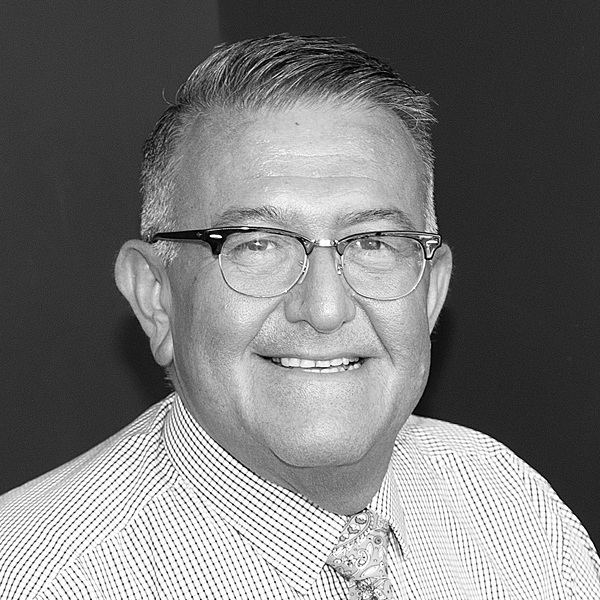
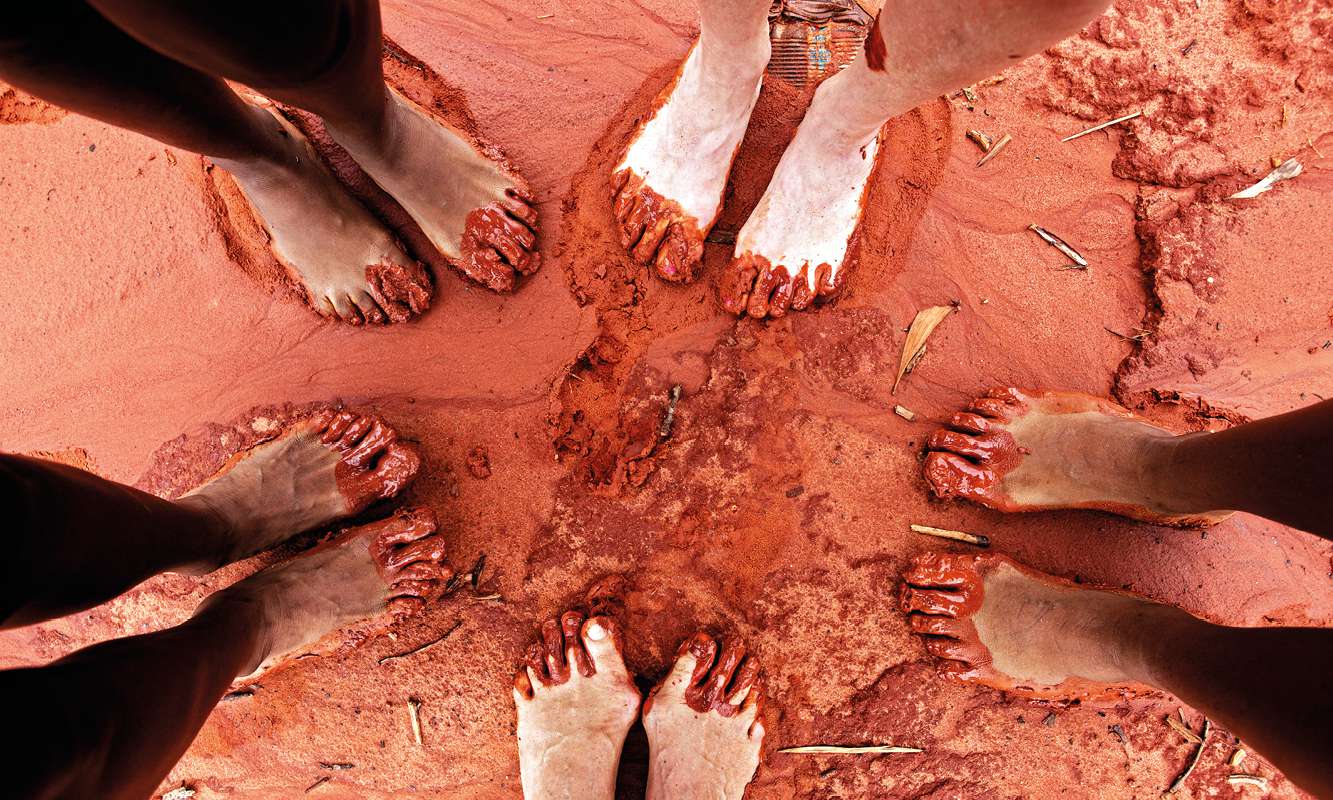
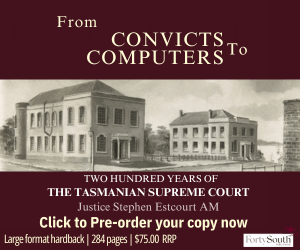

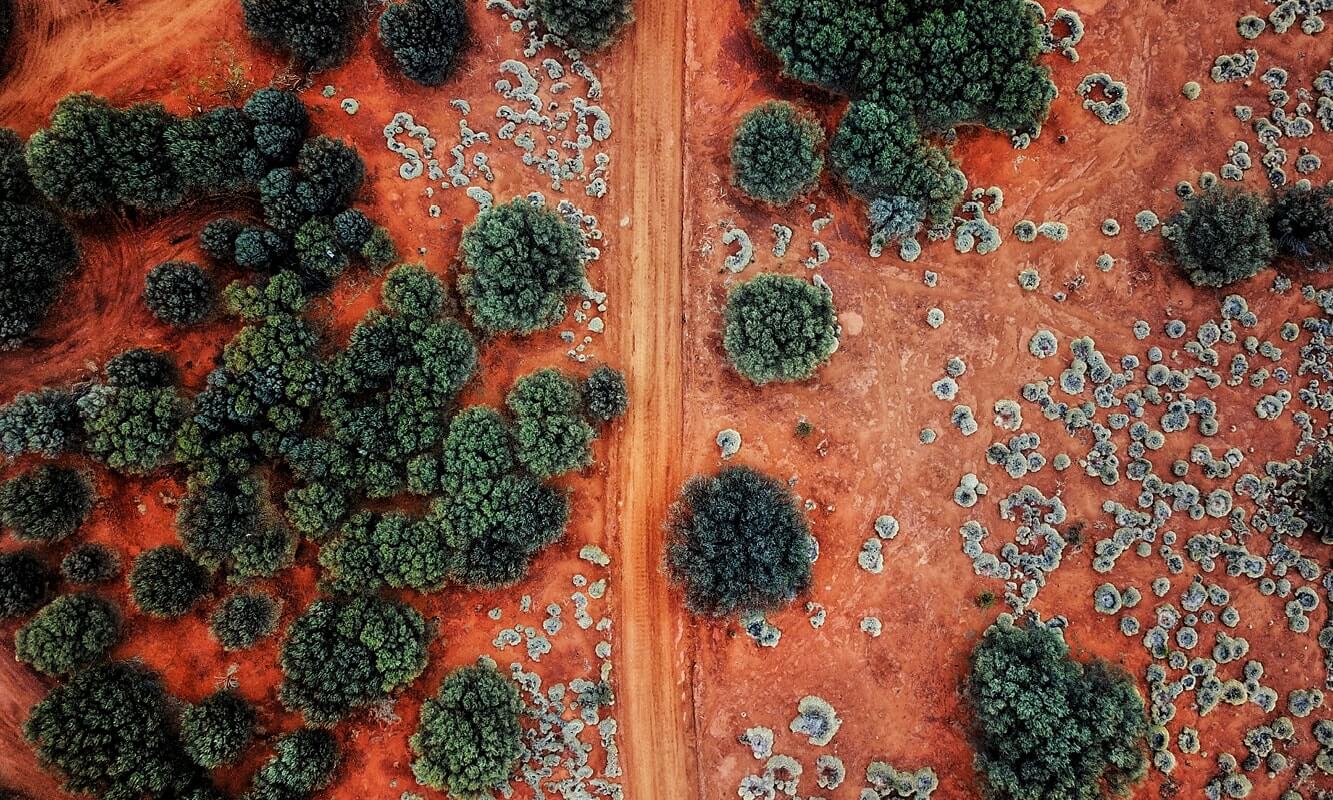
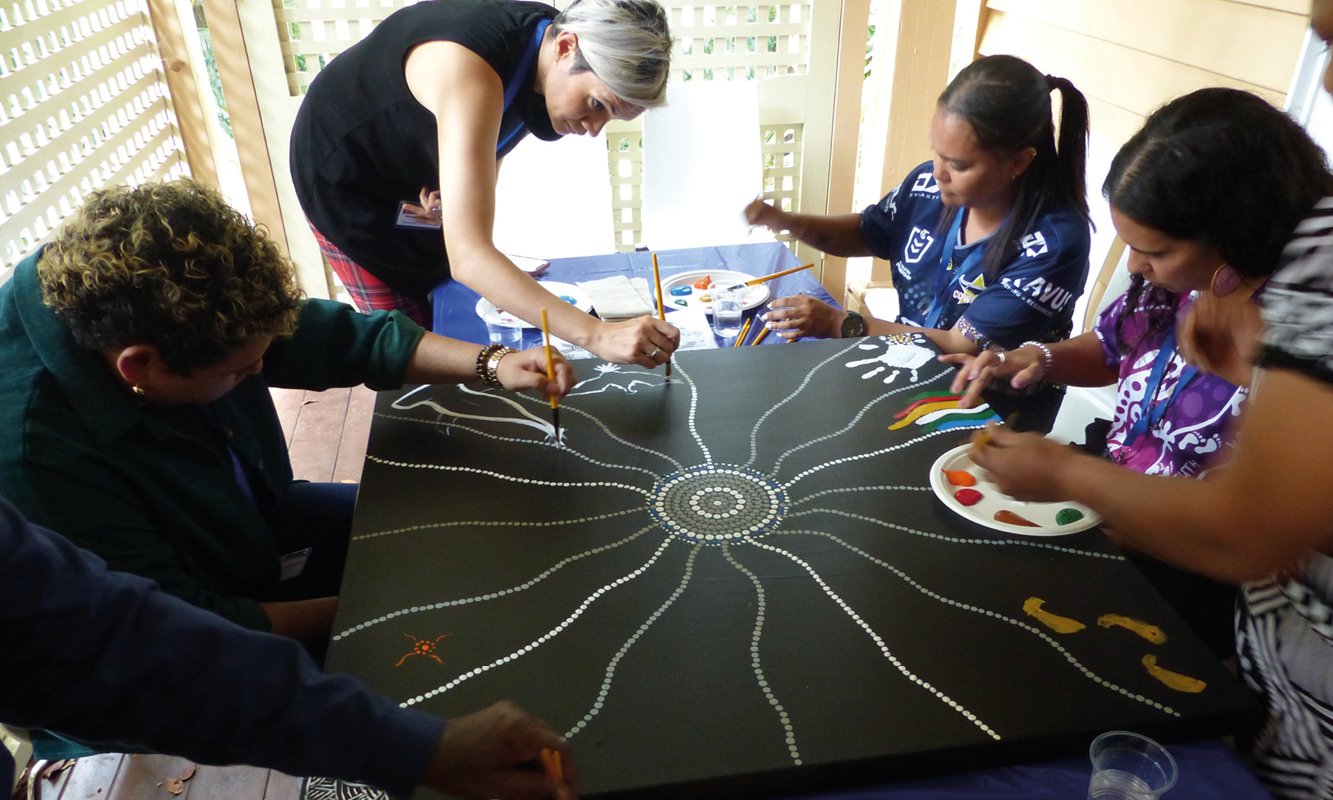
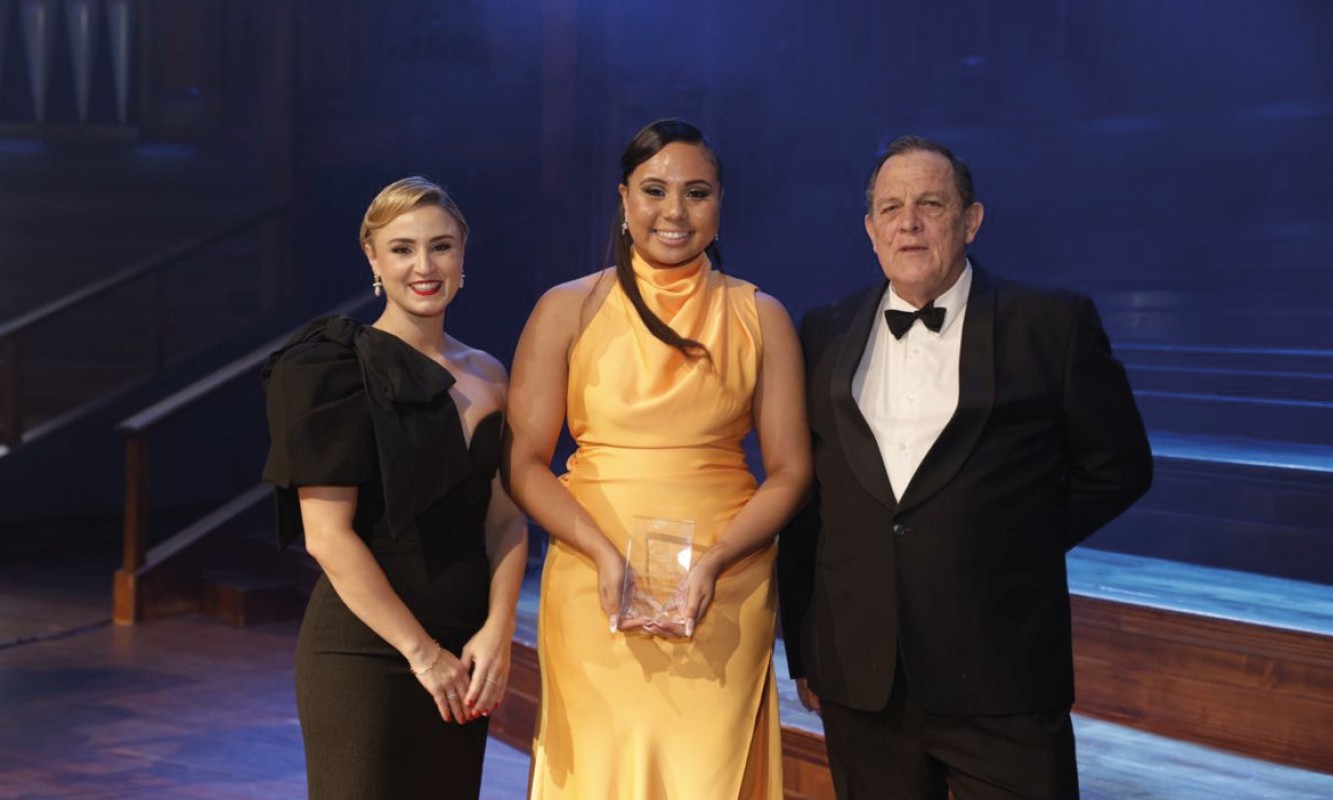
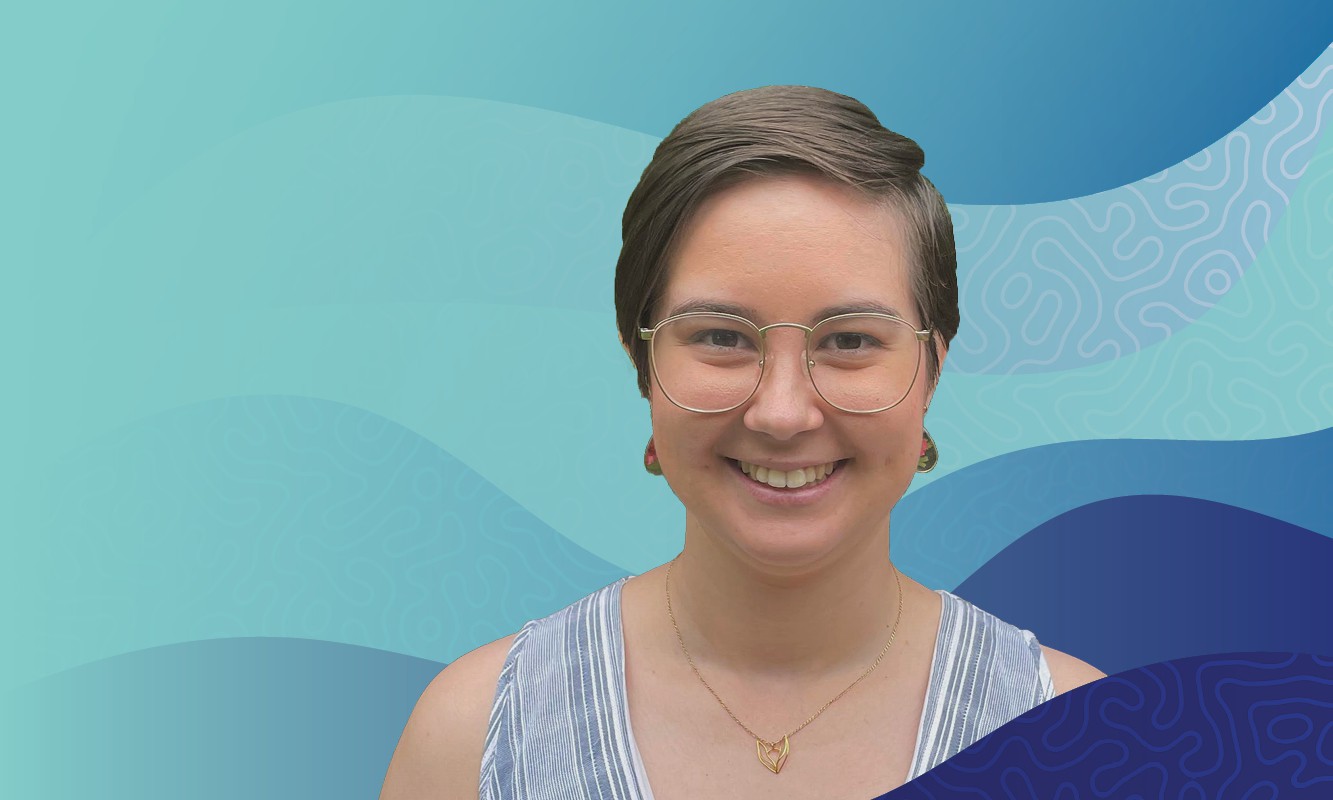

Share this article